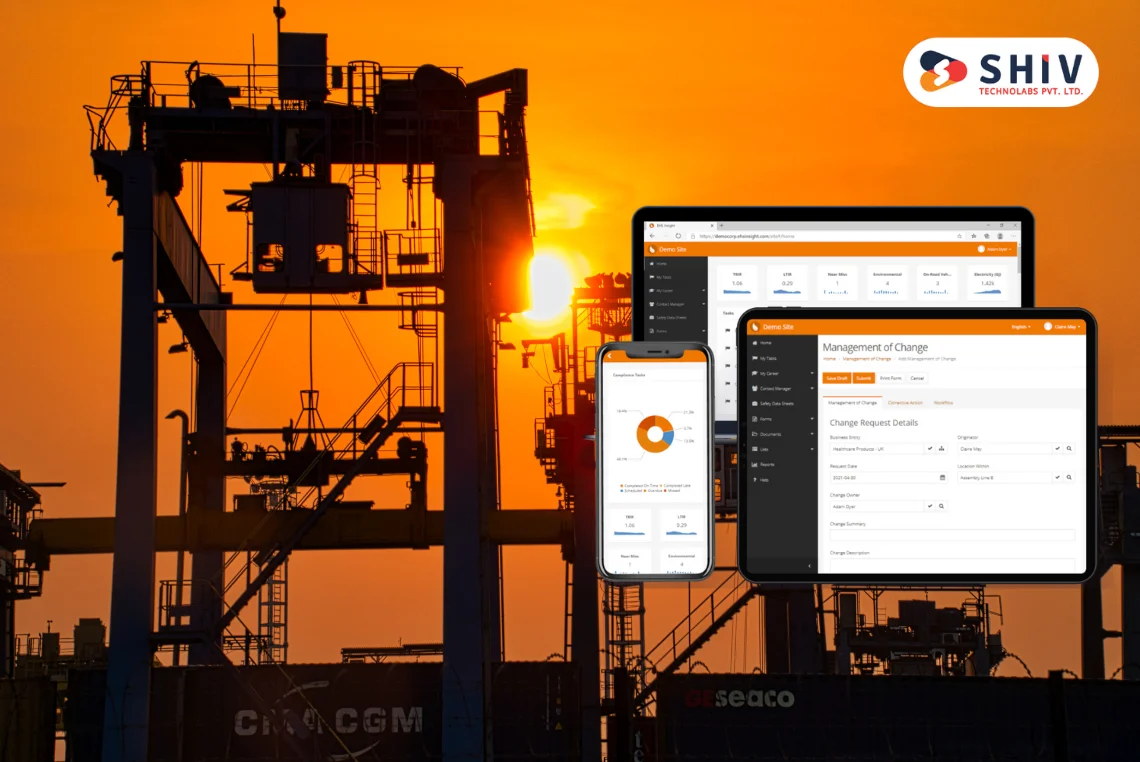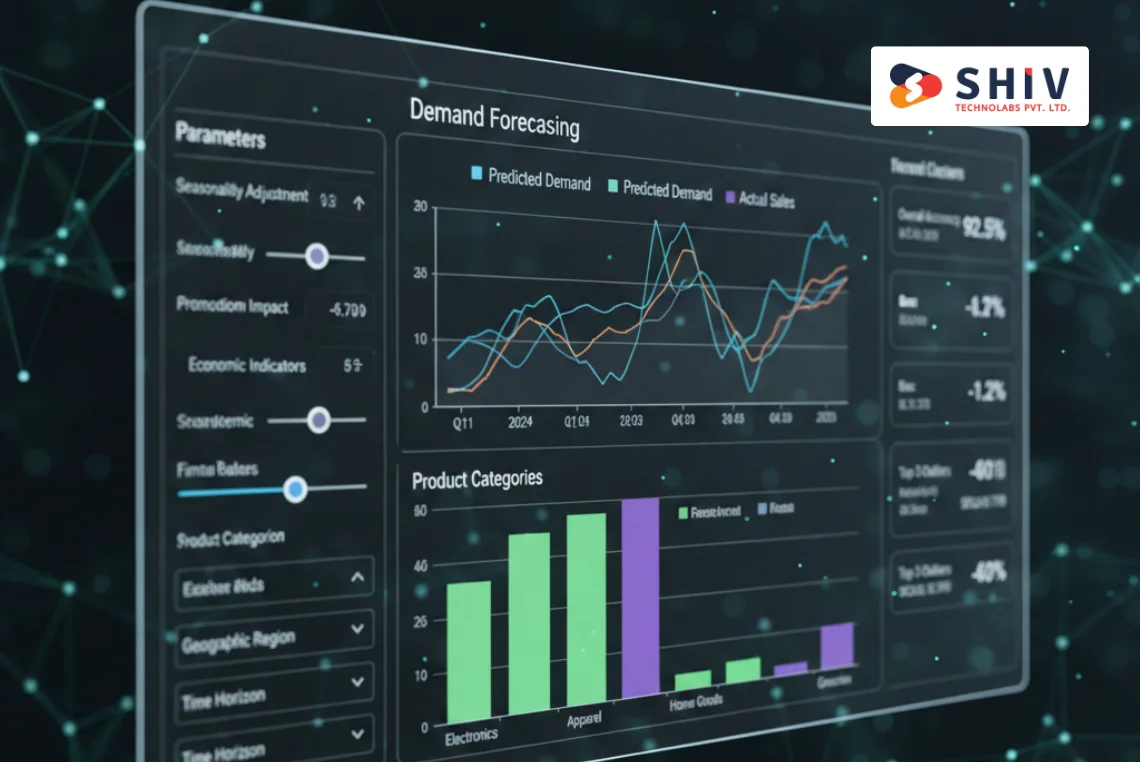Table of Contents
Startups now turn to fintech software development services to build new-age financial tools. These tools power things like peer-to-peer payments, digital lending, or real-time savings trackers.
Instead of depending on legacy systems, founders use software platforms to speed up launches and simplify finance for their users.
In this guide, you’ll find what fintech software solutions really mean, how they work in real businesses, and what steps it takes to build one that fits your product.
What Are Fintech Software Solutions?
A fintech software solution is a system that powers digital finance. It helps businesses send payments, manage accounts, process loans, or offer investment tools—all through software.
You’ve likely used one without even realizing it.
A few everyday examples:
- Wallet apps like Cash App or PayPal
- Mobile-first lenders like SoFi
- Digital banks like Chime
- Investment apps such as Robinhood
- Invoicing or accounting platforms like FreshBooks
These tools can be built in two ways:
- SaaS-based tools you subscribe to
- Custom platforms that you own and shape
SaaS products work best for basic tasks. But when startups want specific features, better control, or stronger data handling, they usually build their own platforms.
Why Startups Are Choosing Custom Fintech Software

A ready-made tool might get you started. But soon, most teams want more than what a third-party platform can offer.
Custom software lets you build features that match how your business works. You can create your own rules, design your own flow, and scale without waiting for someone else to add features.
Here’s a quick comparison:
| Aspect | Off-the-Shelf Tools | Custom-Built Software |
|---|---|---|
| Features | Fixed by vendor | You decide |
| Control | Limited | Full control |
| Branding | Generic | Your own design |
| Cost Over Time | Recurring fees | One-time investment |
| Scale | Often limited | Grows with demand |
When you own the code, you’re not tied to someone else’s roadmap. You decide what to build, when to build it, and how it works for your users.
Key Features of Fintech Software Solutions
A fintech product must feel reliable and easy to use. But behind the scenes, it also needs strong tools to support users and handle sensitive data. Below are the essential parts most startups include when they build their platform.
1. Login and User Accounts
Your users must sign up, log in, and manage their account details. Add features like password recovery, two-step login, and session control to keep things secure.
2. Identity Checks (KYC/AML)
Most financial apps must follow rules that confirm a user’s identity. This step helps prevent fraud. Use trusted third-party tools to scan IDs and monitor suspicious activity.
3. Payments and Transfers
Allow users to send and receive funds. You can use services like Stripe or PayPal to handle the flow. Some apps also include wallets or scheduled payments.
4. Analytics and Insights
You need clear data on user behavior, transaction volume, and security flags. These insights help you decide what to improve or fix over time.
5. Alerts and Notifications
Let users know when actions happen—like sending money, getting charged, or logging in from a new device. Push alerts, email, or SMS all work well.
6. Support Chat
Offer live chat or automated support inside the app. This helps users solve problems without waiting long. Many startups also add help centers.
7. Admin Controls
Your team should access tools to manage users, review reports, and track activity. Build a simple admin dashboard to keep operations smooth.
8. API Connections
Connect your platform with external tools. You might link to banks, credit check systems, or payment networks. Strong APIs make this easier.
These features don’t just improve the product—they protect it. They keep users happy while helping your team stay in control.
What It Takes to Launch a Scalable Fintech Platform

To build fintech software that supports growth, you need more than working features. You need a product that handles scale, stays secure, and meets legal standards. These steps show how fintech product teams create fintech platforms with long-term stability in mind.
1. Define Core Features
Decide what your platform should do first. Focus on one main use case, like managing payments, tracking spending, or offering loans. List only the features that support this goal. Avoid adding extras during the early stages.
2. Study Your Market and Regulatory Rules
Talk to potential users and find out what tools they already use. Look for gaps or delays in their current process. At the same time, check what financial laws apply. Rules like KYC, AML, and PCI DSS will affect how you design identity checks, payments, and data storage.
3. Map User Flows and Design Interfaces
Sketch the journey users will follow. Include steps like signing up, verifying identity, adding accounts, or sending funds. Use tools like Figma to turn these flows into wireframes. Make sure every step serves a clear purpose.
4. Choose Architecture That Supports Growth
Select tools and services that scale as users grow. Use a modular backend, real-time APIs, and secure cloud storage. Make sure the system can process high volumes without delays or crashes.
Also read: Top 10 Digital Payment Processing Apps
5. Build in Stages and Test Often
Break development into smaller phases. Release core features on a staging server. Ask testers to try real tasks. Fix problems early. Pay attention to transaction accuracy, user feedback, and app performance.
6. Add Scaling Features After Launch
Once you confirm that users return and rely on your product, begin scaling it. Add tools like:
- Role-based access
- Internal admin panels
- Multi-region infrastructure
- Reporting tools for business metrics
Build only what your product needs, not what looks impressive on paper.
Cost to Build Fintech Software in 2025
Costs vary depending on what you build, how fast you need it, and who works on it. A simple product with just payments and account management will cost far less than a full-scale lending or investment platform.
Estimated pricing:
| Type | Estimated Cost (USD) | Timeframe |
|---|---|---|
| MVP | $35,000–$75,000 | 2–4 months |
| Full Platform | $90,000–$250,000 | 6–10 months |
Factors that change the cost:
- Feature count and depth
- Security and legal compliance
- API and banking system integration
- Team location and experience
Start with what matters. You can always add more once the base is stable.
Choosing a Fintech Software Development Partner
If you don’t have an in-house team, hiring the right dev partner will save time and avoid major risks. Fintech software requires more than just code—it needs structure, testing, and compliance built in.
What to check:
- Past fintech apps built by the team
- Understanding of data rules and legal checks
- Clear process for testing, updates, and support
- Direct access to project managers and tech leads
Want to build something reliable and secure?
We at Shiv Technolabs help startups launch fintech platforms that scale and stay compliant.
Final Thoughts
Building fintech software isn’t just about features—it’s about trust, stability, and careful planning. Start with a focused idea. Build what matters most. Then expand based on real user needs.
Don’t take shortcuts on compliance or security. The right solution handles real financial tasks and protects users from day one.
If you’re looking for support, work with a company that offers custom software development for startups and understands the demands of fintech from the ground up.























